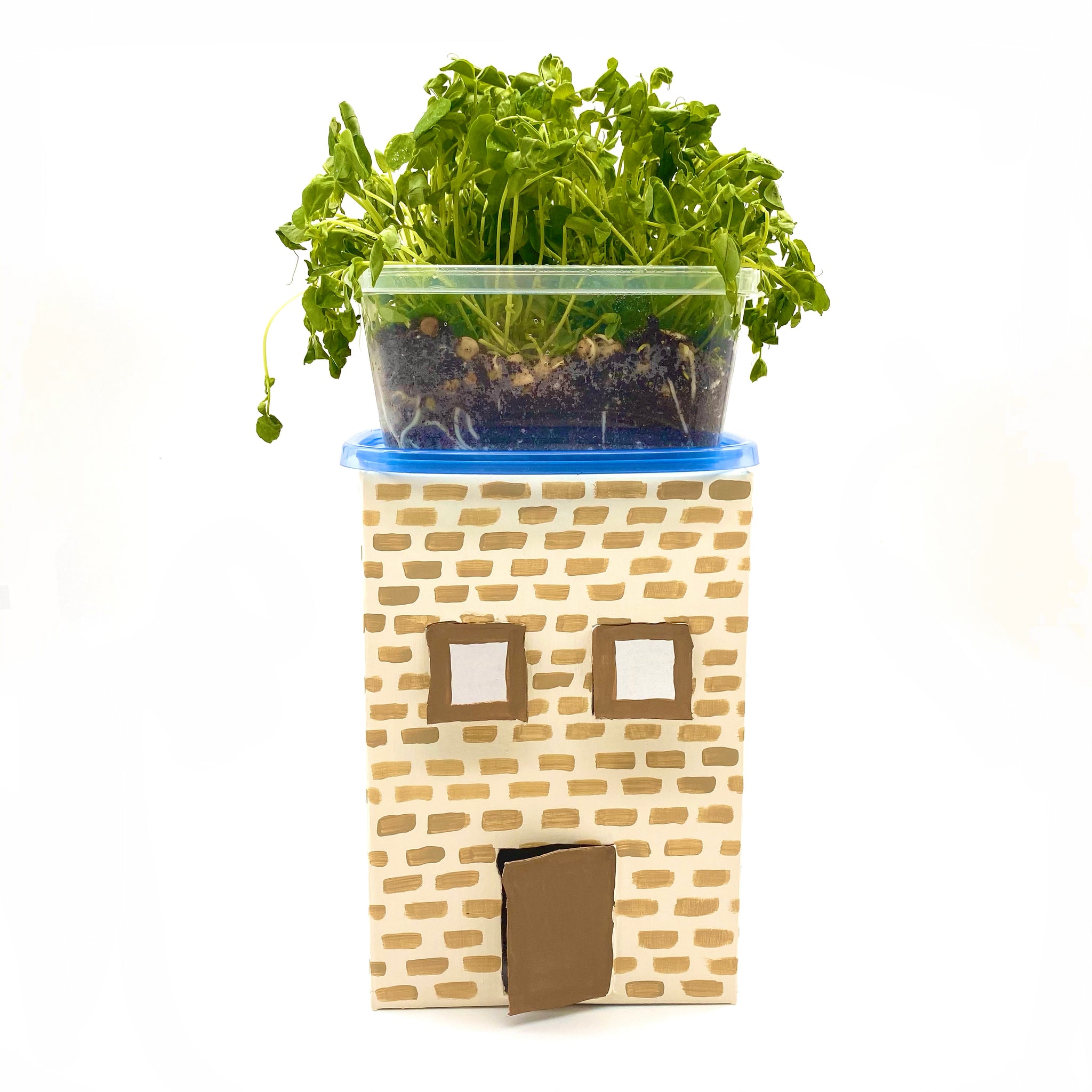
Elevating Sustainability: Exploring DIY Green Roof Projects
Green roofs, or living roofs, have become emblematic of sustainable architecture, providing a host of environmental benefits. For the eco-conscious homeowner, embarking on a DIY green roof project can be a fulfilling and impactful endeavor. Let’s delve into the world of green roofs, exploring the benefits, essential components, and step-by-step guidance for those eager to cultivate a garden paradise atop their homes.
Understanding the Green Roof Advantage: Environmental Benefits
Before delving into the DIY aspect, it’s crucial to grasp the advantages of green roofs. These living installations offer insulation, reducing energy consumption by regulating indoor temperatures. They act as natural filters, improving air quality by capturing pollutants. Moreover, green roofs absorb rainwater, mitigating the risk of urban flooding. Understanding these benefits motivates homeowners to consider green roofs as not just a sustainable design choice but a contribution to a healthier environment.
For hands-on insights into realizing these benefits, consider exploring DIY Green Roof Projects. This resource provides a comprehensive guide to creating your green oasis.
Essential Components of a DIY Green Roof: Building Blocks
A successful DIY green roof project hinges on understanding its essential components. These include a waterproofing layer to protect your structure, a root barrier to prevent plant roots from compromising the roof’s integrity, a drainage layer to manage excess water, a filter fabric to prevent soil particles from clogging drainage, lightweight growing medium, and, of course, the carefully selected vegetation. Each component plays a crucial role in creating a harmonious and functional green roof.
Choosing the Right Plants: A Green Tapestry
The choice of plants is a pivotal decision in your DIY green roof project. Opt for vegetation that can thrive in your climate, withstand the rooftop environment, and coexist harmoniously. Sedums, grasses, and native plants are often popular choices due to their resilience and adaptability. The goal is to create a green tapestry that not only enhances the visual appeal of your rooftop oasis but also contributes to the overall health of the ecosystem.
Structural Considerations: Is Your Roof Ready?
Not all roofs are created equal, and before undertaking a DIY green roof project, it’s essential to assess the structural readiness of your existing roof. Green roofs add weight to the structure, so consulting with a structural engineer is advisable to ensure your roof can bear the additional load. Reinforcements may be necessary, and understanding the load-bearing capacity is crucial for the success and safety of your green roof endeavor.
Step-by-Step Guide: Nurturing Your Green Roof Project
Embarking on a DIY green roof project follows a systematic process. The first step involves thorough planning, considering factors such as roof orientation, sunlight exposure, and plant selection. The next steps encompass roof preparation, installation of waterproofing and root barrier layers, and the creation of a well-designed drainage system. Once the foundational elements are in place, adding the growing medium and carefully planting your chosen vegetation completes the project. Regular maintenance and monitoring ensure the long-term health of your green roof.
DIY Green Roof as a Biodiversity Haven: Fostering Life
Beyond aesthetic and environmental benefits, a DIY green roof becomes a haven for biodiversity. Plants attract pollinators, such as bees and butterflies, contributing to local ecosystems. The greenery can also attract birds and beneficial insects, creating a miniature ecosystem atop your home. This aspect of a green roof project transforms it from a mere construction endeavor to a proactive contribution to urban biodiversity.
Community and Educational Impact: Sharing the Green Vision
Undertaking a DIY green roof project extends beyond personal satisfaction—it becomes an opportunity for community engagement and education. A thriving green roof can serve as a model for sustainable living, inspiring neighbors and communities to consider their ecological footprint. Hosting educational events or open houses to share your experience can contribute to a broader understanding of green technologies and sustainable practices.
Overcoming Challenges: Nurturing Resilience
While the rewards of a DIY green roof project are plentiful, challenges may arise. Factors such as extreme weather conditions, pest infestations, or plant diseases can test the resilience of your green roof. Being prepared to address these challenges through proactive measures, such as choosing hardy plant varieties and implementing preventive maintenance, ensures the long-term success of your green roof oasis.
Economic Considerations: Long-Term Savings
While the initial investment in a DIY green roof project may seem significant, the long-term economic benefits are substantial. Green roofs provide natural insulation, reducing heating and cooling costs throughout the year. They also extend the lifespan of the roof by protecting it from the elements. Considering these factors, a green roof becomes not just a sustainable design choice but a sound investment in the economic efficiency of your home.
Conclusion: Cultivating a Green Legacy
In conclusion, DIY green roof projects epitomize the intersection of sustainability, creativity, and environmental responsibility. Beyond the tangible benefits of energy efficiency, stormwater management, and biodiversity promotion, a green roof is a testament to the homeowner’s commitment to cultivating a green legacy. As more individuals embrace the idea of rooftop gardens, DIY green roof projects contribute to a broader movement towards sustainable urban living, one rooftop oasis at a time.
